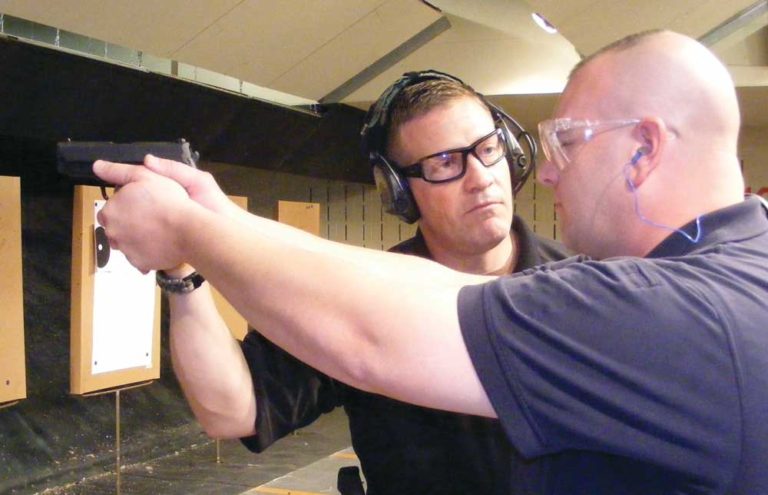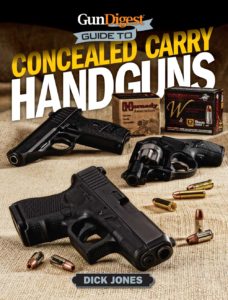
When it comes to concealed carry, firearms training is a must. But just exactly what sort of training regime yields the best results?
There are two types of firearms training: episodic training and immersion training.
You can become a proficient shooter on your own with episodic training, but only if you learn to shoot properly in the first place. This can be done through videos and text, provided you have the ability to critically analyze your own performance. Many people simply don’t seem to have this ability and as a result, they aren’t able to recognize their shortcomings and plateau at a point well below their potential. A better method is to train with a capable instructor who can critique your problems and help you correct them. Practicing on your own will accelerate your progress, provided you don’t fall back on your shortcomings when you’re not under the watchful eye of a good instructor.
Immersion training involves extended training over a full day or several days. This method will yield faster results, but unless you completely grasp the fundamentals and muscle memory involved, you’ll likely regress later. The best way is to begin with a period of immersion training and follow up with regular practice sessions and occasional episodes of training. Remember that many aspects of learning to shoot don’t require live fire. Almost all national level shooting competitors dry fire and learn gear manipulation skills that don’t involve live rounds.
Concealed carry training should be done with the gun and holster or carry system you carry every day. It should be done wearing the same kind of clothing you wear and be practiced both with winter and summer clothes. While it’s reasonable to say you can develop a high level of marksmanship and gun handling skills on your own, I find this very rarely happens.
You’ll progress much faster by spending time with a reputable trainer who shares a similar philosophy. If you’re committed, after study and consideration to daily carry with a small revolver, you’ll likely be frustrated with trying to learn with an instructor who advocates a full-size, high capacity semi-auto and who considers anything less as lunacy. He may convince you to change, but you certainly won’t convince him your plan is solid.
While the average armed citizen is better equipped to survive a violent crime than an unarmed citizen, a properly trained armed citizen is much more likely to perform well. We can argue forever about what constitutes the best gun or caliber for concealed carry, but there is simply no argument about training: A trained concealed carry citizen is far better equipped to deal with an adversary than an untrained one.
Editor's Note: This article is an excerpt from Dick Jones' new book Gun Digest Guide to Concealed Carry Handguns.
Are you interested in carrying a handgun for self defense, but don’t know where to start? Perhaps you’re already an armed citizen and are looking for a new carry choice? Let the Gun Digest Guide to Concealed Carry Firearms be your complete guide to the fast-growing world of concealed carry handguns. Get Your Copy Now









